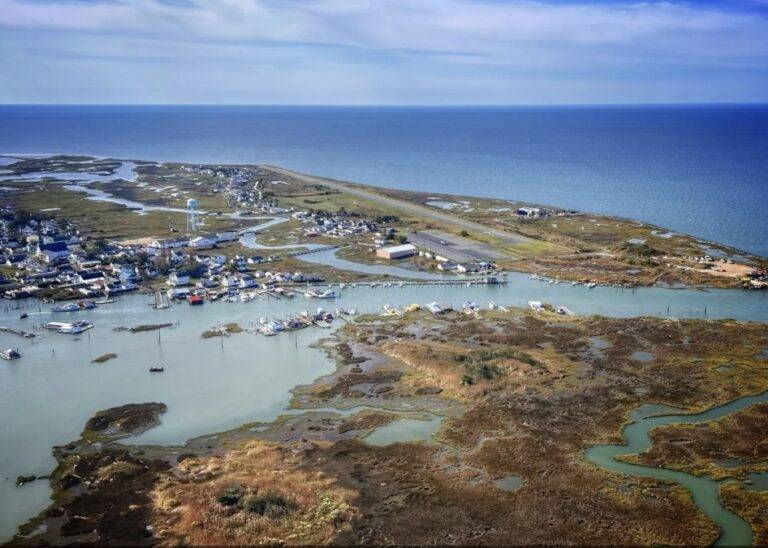
According to data from the Chesapeake Bay Program and the U.S. Geological Survey, the Chesapeake Bay’s ecosystem has shown a significant drop in the amount of nutrient and sediment pollution between 2014 and 2015. While protection and restoration efforts (best management practices, lowering vehicle and power plant emissions and reducing runoff from farmland) have played a part, the pollution reductions are largely credited to dry weather and below-normal river flow.
The Chesapeake Bay Program found the estimated nitrogen, phosphorus and sediment loads to the Bay were below the long-term average in 2015. Between 2014 and 2015, nitrogen loads fell an estimated 25 percent, phosphorus loads fell 44 percent and sediment loads fell 59 percent.




Reported by who? Trump social? Back under your rock you go!
These people are as crazy as sh!t house rats.
Barry Soetoro is under the microscope. It is about time. Fake birth certificates and no college transcripts? Be fun to…
Your knee jerked again.
Like I said thing change . Islands erode! Just like your mind.Dementia is a terrible thing Stewy. Ever tried prevagen?…